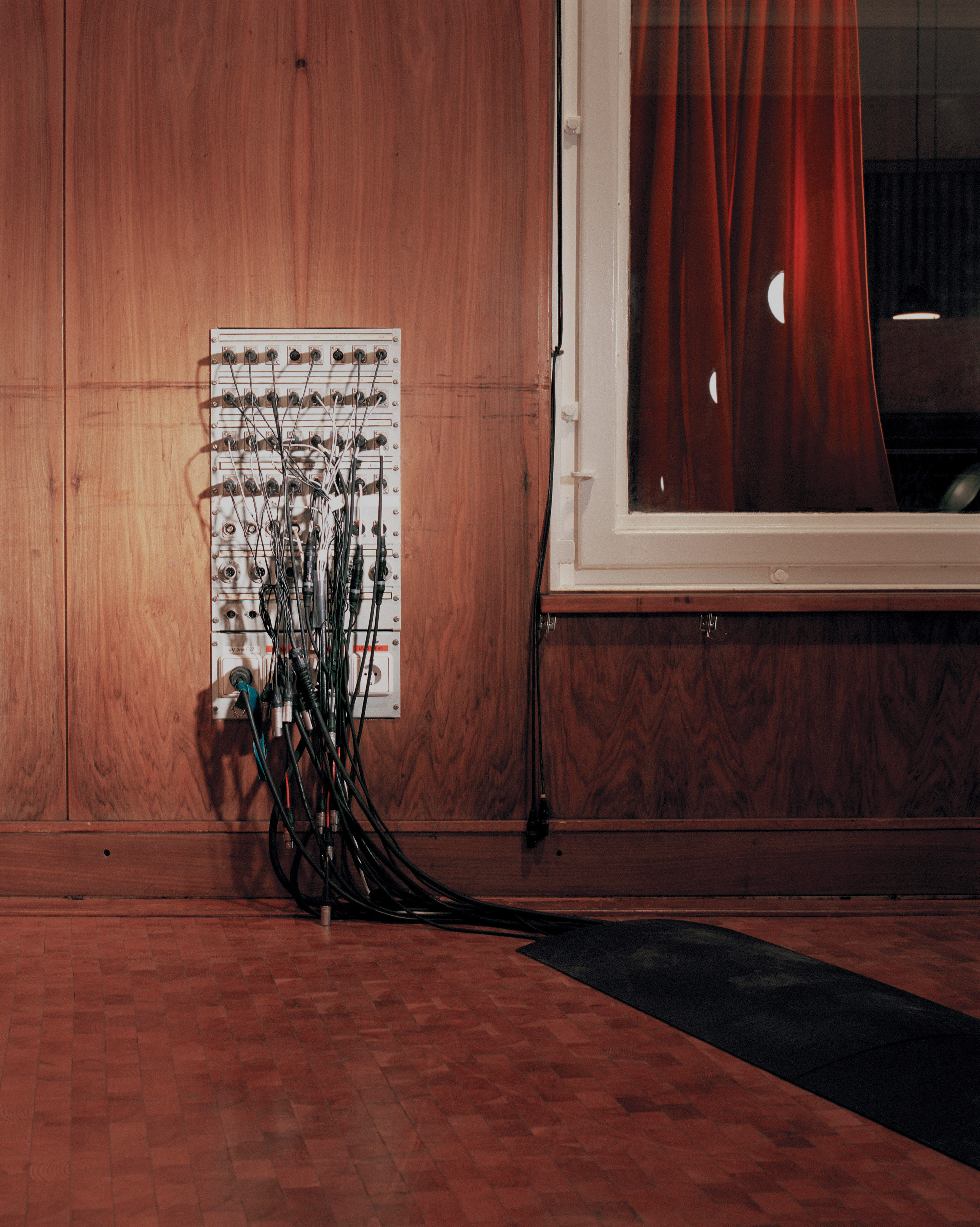I recently received a product for review that included a USB cable in the box. The cable worked for charging, but it would not pass data. That got me thinking. Before there were standards for fast-charging devices via USB — like Qualcomm Quick Charge and USB Power Delivery — several device manufacturers, including Apple, Samsung, and Motorola, promoted their own proprietary implementations of rapid-charging, which used various pull-up/down resistances on the D+ and D − data pins of the USB charging circuit to identify themselves. Soon enough, third-parties were selling "cheater" cables that would trigger fast-charging between mismatched phones and chargers — I purchased a few such cables back in the day. Moreover, some charge-only cables omit the data lines altogether. Last year, we published a review of the Yueqing Towon USB Detector [Tape Op #120], a simple-to-use, in-line, voltage/current meter for USB charging. I own several of these (under different brand names, with two different revisions of circuitry), as well as a few other, thumb-drive-sized USB Type-A charge meters. But for checking data-line integrity and charging scheme (whether industry-standard or company-proprietary), especially for USB 3.0 and USB Type-C systems, I have other testing solutions. The Hangzhou Ruideng Technology UM34C is a USB tester with USB 3.0 Type-A, Micro-USB, and Type-C ports. It's the size of a key fob for a late-model car, and a 1.4'' color LCD panel occupies most of one side. Four "soft-key" buttons in the corners access various functions (including screen choice and rotation), and the functions are conveniently labeled on the display. The primary screen shows real-time voltage, amperage, and wattage across the Vcc and Gnd lines; accumulated mAh and mWh; and load impedance. The second screen also shows V and A, but it replaces the rest of the measurements with voltage of the D+ and D − lines, as well as a description of the applicable fast-charging scheme in effect (Qualcomm QC 1/2/3.0, Apple 0.5/1/2.1/2.4A, Android DCP, Samsung). Additional screens allow you to see accumulated capacity/energy; graph V, A, and D+/ − signal on-screen; change language and other device settings; and access a simple, on-board help function. With a calibrated test load (I use the optional Ruideng LD25 electronic load board) connected to the UM34C's USB thru-port, you can also measure the impedance of USB cables. Furthermore, if you're comfortable manually installing an APK onto your Android device, you can view and record all of the data from the UM34C by running the free Ruideng UM Meter app connected wirelessly to the UM34C via Bluetooth. I have the app installed on an old Nexus 7 tablet that I use on my bench with a digital oscilloscope board (perhaps a subject for a future column). You can purchase Ruideng products directly from their official AliExpress brand page rdtech.aliexpress.com, or you can buy them on Amazon under various virtual brandnames (MakerHawk, AUWU, Bobury, Davitu, etc.). One feature that the UM34C is missing is support for USB Power Delivery. It will measure a Type-C cable, but it doesn't have a second Type-C port for in-line testing of USB PD. For that, I use a Juwei J7-c, a cross-shaped multiport USB tester that has most of the functions of the UM34C, plus a pass-thru Type-C port for PD measurements. The color screen on the J7-c is tiny, but a small, plug-in Bluetooth module lets you use a downloadable Android app to view and record measurements. (Curiously, the aforementioned Ruideng UM Meter app works with the J7-c, although the J7-c is unavailable from the Ruideng store.) A Windows application that connects via USB is also available. The J7-c can be purchased directly from the ATorch AliExpress brand page atorch.aliexpress.com, or you can find it on Amazon under various virtual brands (MakerHawk, etc.).

